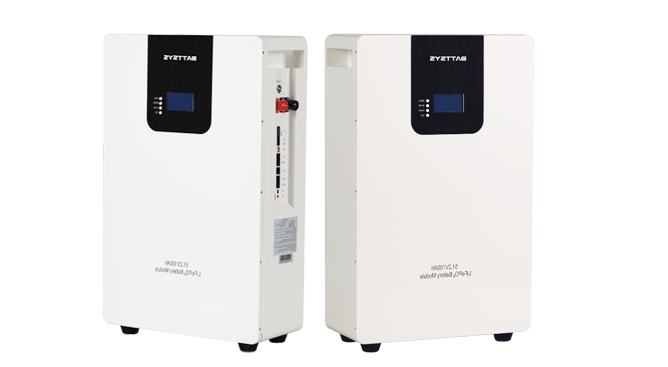How large should household battery energy storage be?
If we choose a battery energy storage system for a house or company, we should talk to a qualified designer and consider several important factors, including:
1. Dimensions of the solar system (available or new)
2. System type (grid or off grid or hybrid)
3. Requirements for emergency power supply.
4. The most important thing is the energy consumption at night or in kilowatt hours,
Fortunately, most battery storage systems are modular and scalable, so they can be appropriately sized. In this context, we have selected the best battery based on the following six categories:

First Prize per kWh - Increasing Costs and Operating Costs ($$$$kh per Day)
2. Depth of Discharge (DOD) - Available Energy
3. Cycle Life - Number of Charging Cycles
4. Output power - maximum duration and optimal performance
5. Round trip efficiency, charging and discharging losses
6. Sustainability and environmental compatibility
Due to the many available system types or configurations, selecting the optimal battery is difficult, each with different performance features. We should consider the compatibility issues of lithium batteries with specific types of hybrid designs.
1. High voltage or HV batteries can only be used with HV compatible hybrid inverters
Two AC coupled batteries with built-in inverters enable them to be retrofitted in houses with existing solar systems.
A battery system assembled in three modular racks, specifically designed for operation, with powerful network independent inverter charging equipment.
The battery systems for home storage come in different shapes and sizes. There are two common types:
1. Add existing solar system cells
2. Simultaneously purchase two new solar energy systems and battery systems.
The size of energy storage is closely related to your budget, place of residence, type of solar system, and energy and battery consumption.
Homeowners can install an energy monitoring system to display the energy load and performance of the solar system, to help you choose the system size.
On average, Australian households consume about 16 kilowatt hours per day. The battery size range for most households is 3 to 12 kWh. The battery installation program can help you determine the optimal size for solar and battery systems based on your needs and location.
